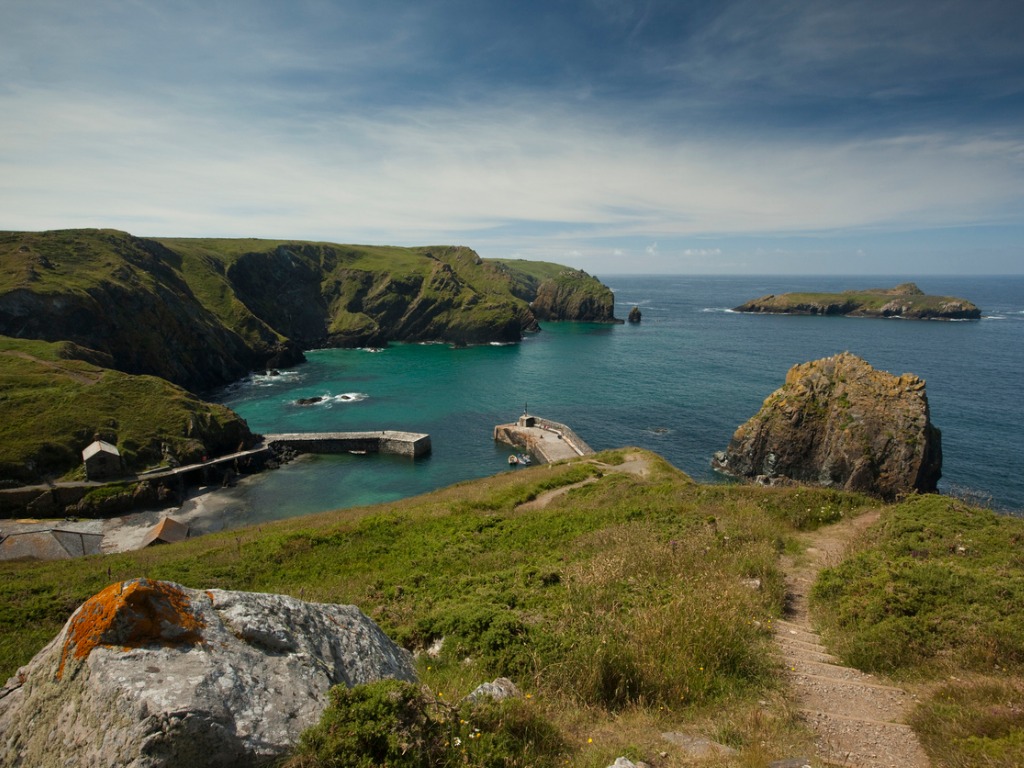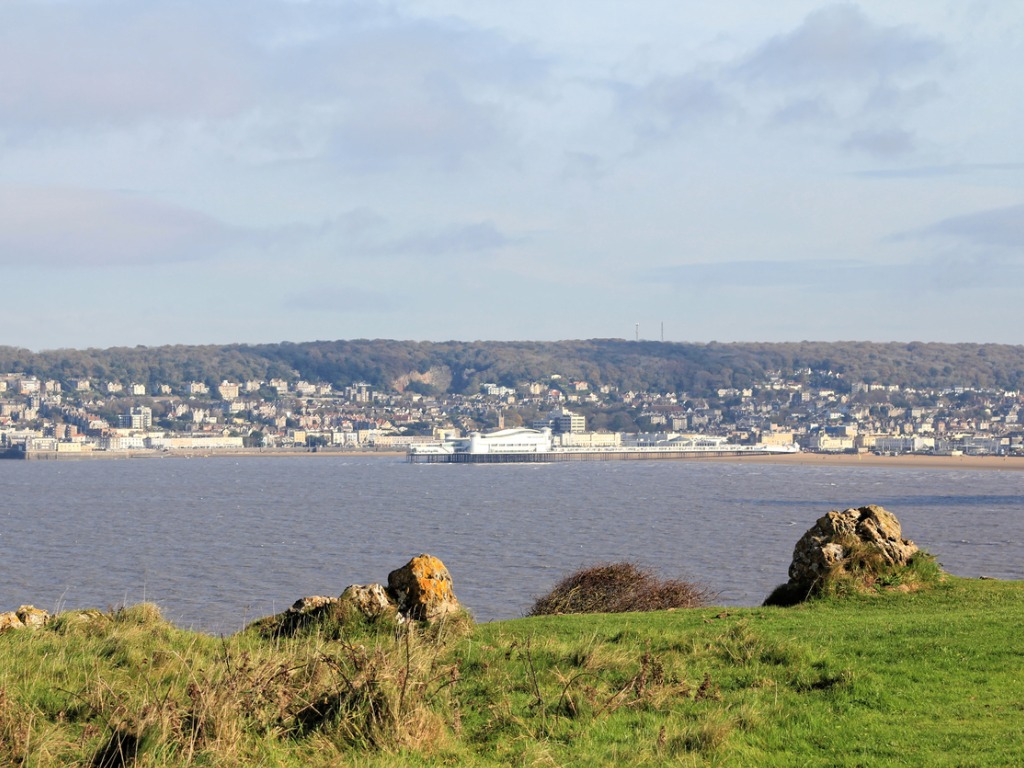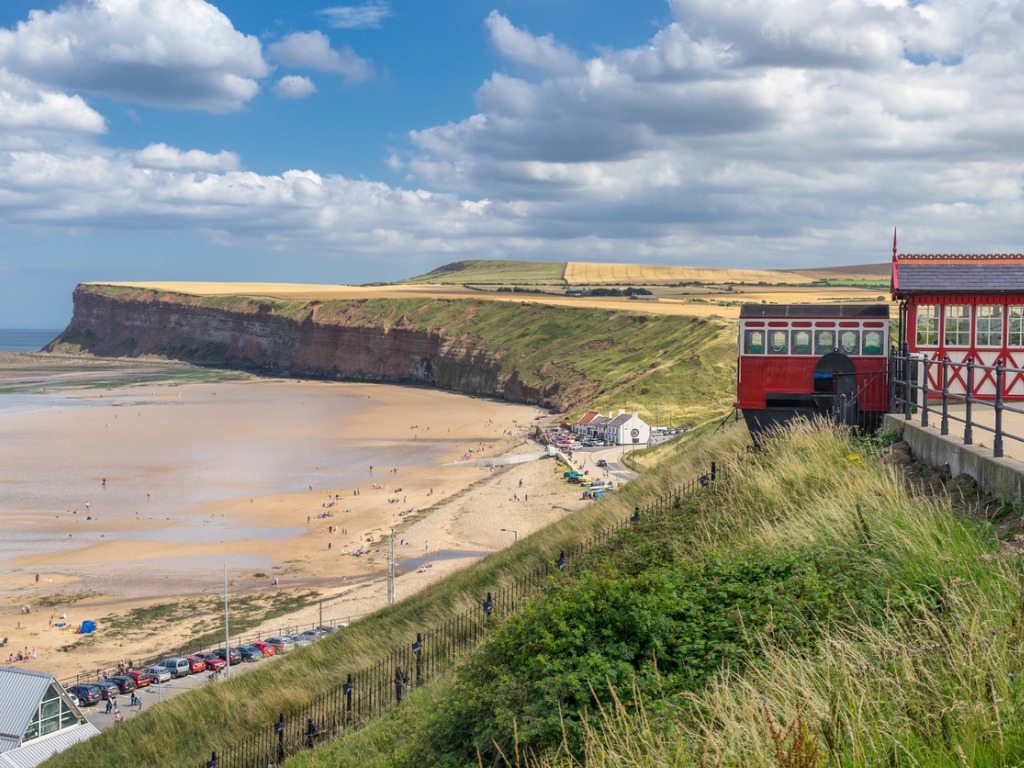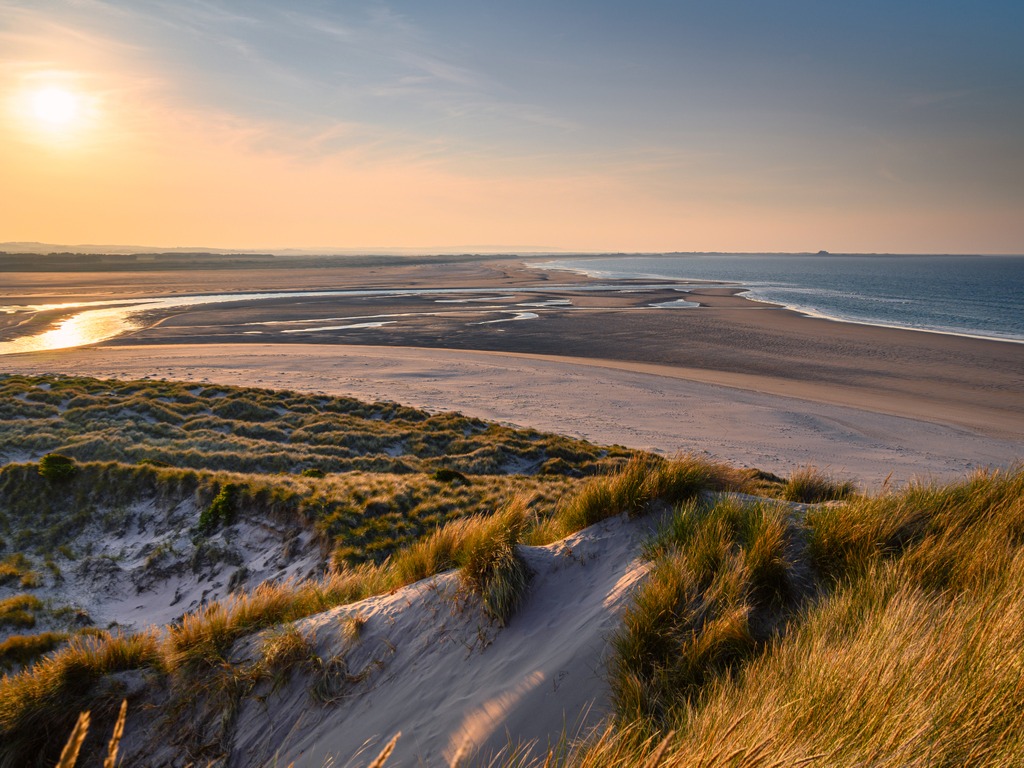Coastal Walks: the UK’s most beautiful routes
Note: All travel is subject to frequently changing governmental restrictions—please check government advisories before scheduling trips.
It might not be the tropical palm-fringed beach that some may be dreaming of, but the UK's coast is just as spectacular to explore in summer. Quiet seaside towns unlock millennia-old histories made rich by mining and the maritime industry. They are also speckled by unusual topography from chalk columns to fields engulfed in purple wildflowers and home to ponies, seals and seabirds. There's no need to leave home this year – some of the most beautiful and scenic routes are right here.
-
St Just Coastal Walk, Cornwall

The Cornish coastline has long piqued the imagination and St Just coastal walk certainly lives up to the wild, windswept expectation. With a dramatic backdrop of 300-foot cliffs, vast expanses of heathland and the surging swells of Cape Cornwall, where the Atlantic currents divide, St Just was a monastic settlement with its current church dating back to the 15th century before it became a mining town. The coastal walk sits on the Cornish Mining World Heritage Site and snakes through many historical sites and fields covered in wildflowers.
-
Old Harry Rocks, Dorset

The story behind these otherworldly white chalk columns on the Jurassic Coast of Dorset begins 65 million years ago when majestic stacks emerged from the sea as the result of a build-up in plankton and other microorganisms. They weren't named until the 18th century and the origin is contested. In one version, the stack was named after the devil, “Old Harry," who used to nap on the rocks and in another, a pirate named Harry stashed his bounty near the rocks. Harry also had a wife, another stack of columns, that eroded in 1896. The coast is a lovely place for a walk and picnic or if you're up for it, a kayak session – keep an eye out for the treasure.
-
Brean Down Coastal Walk, Somerset

An endless green expense, Brean Down is a 100-metre high peninsula on the Bristol Channel. The fossils of arctic foxes, reindeers and horses have been found in its sedimentary layers and while you won't run into a reindeer along the walk today, there might be wild goats in the path and falcons swooping overhead. At the end of the Down is a Victorian fort that dips into a roaring sea but forget swimming here – it's full of riptides.
-
Blakeney, Norfolk

Once a trading port in the 15th century, this coastal village in Norfolk is a lot quieter these days. From its remote beaches inhabited by seals and the lavender-covered salt marshes that are home to terns, wildfowls and other seabirds, Blakeney is perfect for quiet nature walks. In fact, it is home to England's largest grey seal colony so chances of seeing a seal are high. And should you get hungry along the walk, stop for a crab sandwich, a real Norfolk delicacy.
-
Old Saltburn to Warsett Hill, Yorkshire

The cheerful-named Saltburn-by-the-Sea blossoms with wildflowers in the summer and it's fitting that this seaside town is also the start of the trail to Warsett Hill. The trail begins at the Old Saltburn, an ancient hamlet where there have been discoveries of Bronze Age tools. Fast forward to the 19th century and the area was mined for ironstone. Much of the route is vast grassland and meadows with the roaring sea ever in sight. Part of the fun is crossing the railway line to the top of the hill before looping back.
-
Whitehaven, Cumbria

This beautiful coastal town bordering the Lake District was a small fishing village until the 17th century when the Lowther family transformed it into a coal mining hub. The harbour was then developed into a maritime port and the remaining Georgian architecture gives it much character today. Trace the coastline – covered by colourful wildflowers in July – from the harbour south to the tall cliffs of St Bees Head where puffins and razorbills settle in the summer.
-
Lindisfarne/Holy Island, Northumberland

Just a few miles south of the Scottish border, this tidal island is cut off from the world twice a day when the tide covers the causeway that links it to the mainland. Though it has two names, Lindisfarne and Holy Island, the latter is more commonly used and for good reason, too. Irish monks settled here in the 7th century and set up a monastery. However, Viking raiders used it as a stopover, something the monks were not happy about. It takes about two hours to circle the grassy, craggy island by foot so be sure to look at the monastery's ruins as well as Lindisfarne Castle, which was built in the mid-16th century to defend against attacks by the Scots.
-
Murlough North Point Nature Trail, County Down

This nature trail in Northern Ireland rests on some unusual topography including heathland, woodland with lichen hollows and gorse and some 6,000-year-old sand dunes. Part of the Murlough National Nature Reserve, the trail leads to pebbly Murlough Beach and visible along the way is the 12th-century Dundrum Castle. In August, beautiful purple bell heather grows on the dunes, turning it into a picturesque storybook walk.
-
Dunwich Heath Gorse Walk, Suffolk

The Dunwich Heath Gorse Walk is just as enchanting as it sounds, especially in July and August when purple heather and yellow gorse take over the trail. The walk starts and ends near the coastguard cottages, an ideal spot to look out for porpoises and seals, before cutting through marshes and woodland. The habitat is home to the rare long-tailed Dartford Warbler and the nightjar and in Dunwich forest is where the ponies graze.
-
Marloes Peninsula Coastal Walk, Pembrokeshire

A long-time favourite for summer holidaymakers, the sunny Pembrokeshire coast in southwest Wales still has many quiet outdoor spaces to explore. Among them is the Marloes Peninsula Coastal Walk, a circular route that loops around grassy cliffs and beaches with turquoise-coloured water. The route passes the remains of an Iron Age fort and the coast teems with wildlife including seals, porpoises and all kinds of seabirds.
*ebookers compensates authors for their writings appearing on this site; such compensation may include travel and other costs.





